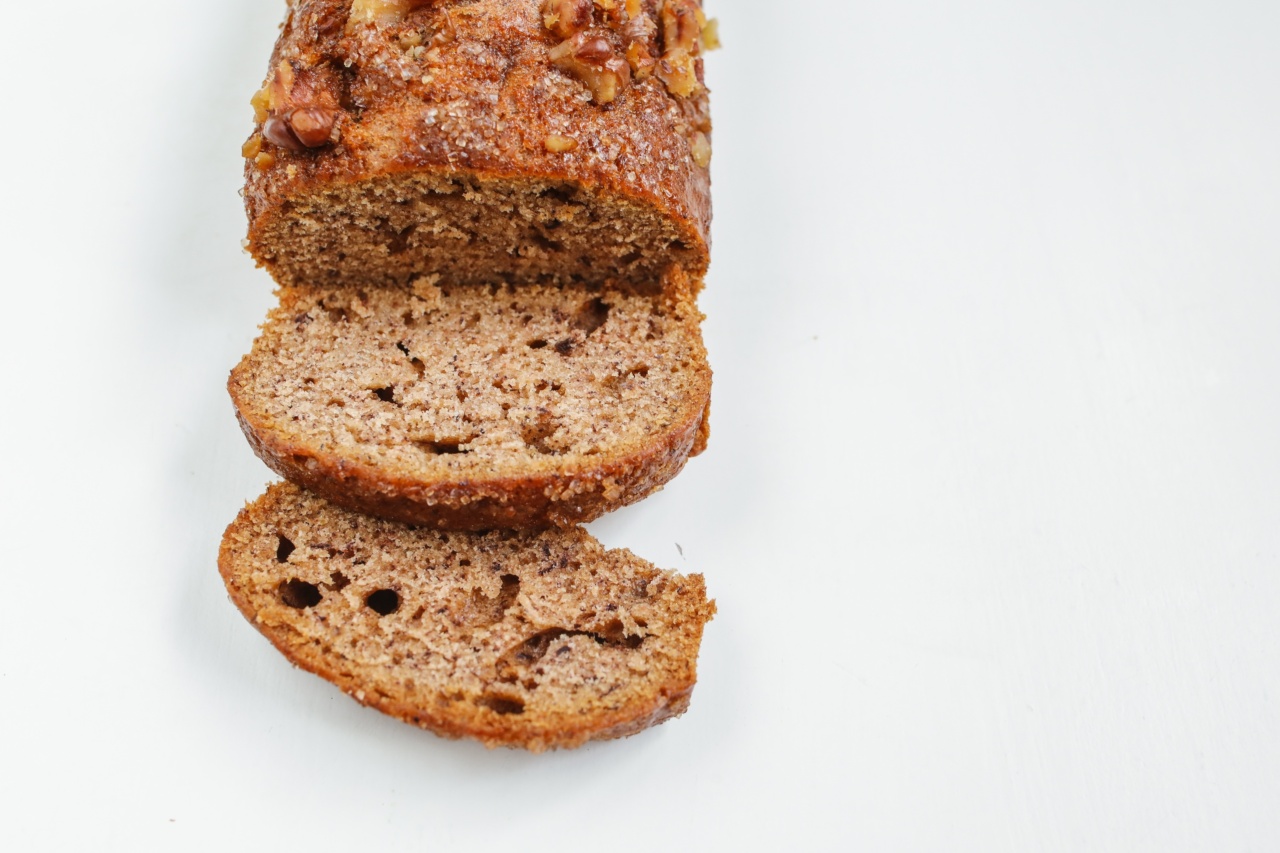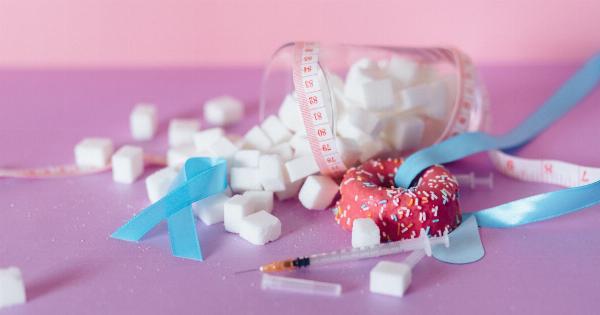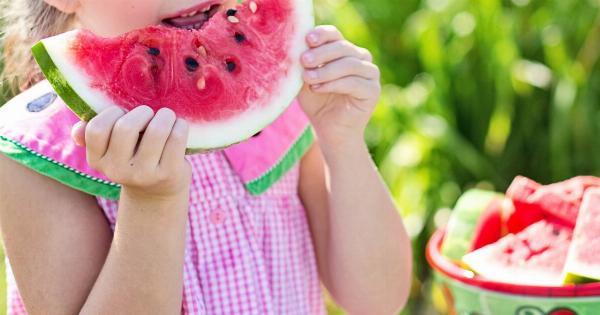We all know that sugar is not good for our health. It can lead to weight gain, tooth decay, and various chronic diseases such as diabetes, heart disease, and even certain types of cancer.
While it’s easy to identify sugary treats and beverages as the main culprits, many of us may be unknowingly consuming excessive amounts of sugar through seemingly healthy and nutritious foods. In this article, we will expose the hidden sugar bombs in our diet and provide tips on how to make smarter choices for a nutritious lifestyle.
The Dangers of Hidden Sugar
Sugar is an addictive substance that provides empty calories and no nutritional value. When consumed in excess, it can cause a rapid spike in blood sugar levels, leading to a release of insulin to regulate them.
Over time, the constant high sugar intake can contribute to insulin resistance, weight gain, and an increased risk of chronic diseases.
Many commercial food products, including those marketed as “healthy” or “natural,” are packed with hidden sugars. Even foods that don’t taste sweet can contain substantial amounts of added sugar.
Here are some common examples:.
1. Yogurt and Dairy Products
Yogurt, especially fruit-flavored ones, often comes loaded with added sugars. Brands that claim to be low-fat or fat-free often add sugar to enhance the taste, compensating for the reduced fat.
Similarly, some flavored milk and other dairy products can contain significant amounts of added sugars. Opting for plain, unsweetened versions and adding fresh fruits or a drizzle of honey can be a healthier choice.
2. Granola Bars and Breakfast Cereals
Granola bars and breakfast cereals are widely consumed as quick and convenient meal options. However, many of these products are essentially sugar bombs in disguise. They often contain high amounts of added sugars and unhealthy fats.
Check the nutrition labels and opt for options with no added sugars or those sweetened with natural ingredients such as dried fruits or dates.
3. Sauces, Dressings, and Condiments
Condiments like ketchup, barbeque sauce, and salad dressings can come with a sugary surprise. These products often contain high-fructose corn syrup and other hidden sugars to enhance their flavor.
Becoming a vigilant label reader and choosing options with minimal or no added sugars is crucial for a healthy diet.
4. Smoothies and Fruit Juices
While fruits themselves provide essential vitamins and fiber, the same cannot be said for smoothies and fruit juices. These beverages are often made with a combination of fruits, sweeteners, and sometimes even ice cream or yogurt.
The end result can be a sugar-packed and calorie-dense drink. Opt for whole fruits or freshly squeezed juices without added sugars instead.
5. Energy Drinks and Sports Drinks
Energy drinks and sports drinks may be marketed as providing a quick burst of energy or replenishing electrolytes, but they are typically loaded with sugar and artificial additives.
The high sugar content can cause an immediate energy boost, followed by a crash. Instead of reaching for these sugary and often unhealthy options, choose natural alternatives like coconut water or herbal teas.
6. Pre-packaged Snacks
Many pre-packaged snack options, such as flavored rice cakes, pretzels, and even some protein bars, contain added sugars. These snacks may seem like healthier alternatives, but they can still contribute to excess sugar consumption.
Opt for whole foods like fruits, nuts, or homemade snacks made with natural sweeteners like dates or honey.
7. Frozen Meals and Ready-to-Eat Meals
Frozen meals and ready-to-eat meals may be convenient, but they often hide a significant amount of added sugars. These sugars are used to enhance flavors and mask the taste of preservatives.
Taking the time to prepare fresh, homemade meals using whole ingredients is a healthier choice that allows you to control the sugar content of your food.
8. Breads, Crackers, and Pasta Sauces
Surprisingly, even seemingly savory foods like bread, crackers, and pasta sauces can be sources of hidden sugars. Many commercially available options include added sugars to improve taste and texture.
Opt for whole grain bread, unsweetened crackers, and pasta sauces with no added sugars for a healthier alternative.
9. Instant Oatmeal and Flavored Rice
Instant oatmeal packets and flavored rice mixes can be quick and easy meal options, but they often contain added sugars and artificial flavors. These additives can take away from the nutritious value these foods naturally offer.
Choose plain oatmeal and brown rice and add your preferred natural sweeteners or spices to control the sugar content.
10. Salad Toppings
Salads are generally regarded as healthy choices, but the toppings we add can turn them into sugar bombs. Candied nuts, dried fruits, and sweetened dressings can significantly increase the sugar content of a salad.
Opt for fresh fruits, unsweetened nuts, and homemade dressings using natural ingredients to keep your salad nutritious and delicious.
Making Smarter Choices for a Nutritious Diet
Now that we have exposed some of the hidden sugar bombs in seemingly nutritious foods, it is time to make smarter choices for a healthier and more balanced diet. Here are some tips:.
1. Read Nutrition Labels
Always read the nutrition labels on food products. Look for the total sugar content per serving and check the ingredients list for added sugars such as high-fructose corn syrup, dextrose, and maltose.
Keep in mind that ingredients are listed in descending order of quantity, so if sugar appears at the top, there is likely a significant amount in the product.
2. Choose Whole Foods
Opt for whole, unprocessed foods whenever possible. Fresh fruits, vegetables, lean proteins, and whole grains are naturally low in added sugars and provide essential nutrients.
By cooking meals from scratch, you have control over what goes into your food and can avoid hidden sugars.
3. Be Wary of “Low Fat” or “Fat-Free” Claims
Foods labeled as “low fat” or “fat-free” often compensate for the reduced fat content by adding more sugar for flavor.
Be cautious of such claims and read the labels to ensure overall nutritional value rather than focusing solely on fat content.
4. Sweeten Foods Yourself
If you enjoy sweetening your food or beverages, do it yourself. Use natural sweeteners like honey, maple syrup, or stevia instead of relying on pre-sweetened products. This allows you to control the amount of sugar you consume.
5. Cook at Home
Preparing meals at home allows you to choose fresh ingredients and control the amount of sugar in your food. Experiment with herbs, spices, and natural flavor enhancers to create delicious meals without relying on sugar.
6. Stay Hydrated with Water
Water should be your primary beverage of choice. It hydrates your body without any added sugars or empty calories. If you crave flavor, infuse your water with fruits, cucumbers, or mint leaves for a refreshing twist.
7. Educate Yourself and Others
Spread awareness about the dangers of hidden sugars and educate yourself and others about making healthier choices. Share this information with friends, family, and peers to encourage everyone to be more mindful of their sugar consumption.
In conclusion, while it is essential to be mindful of the obvious sugar-loaded treats and beverages, it is equally crucial to identify the hidden sugar bombs in our everyday diet.
By reading nutrition labels, choosing whole foods, and making smarter choices, we can reduce our sugar intake and pave the way for a healthier and more nutritious lifestyle.





























